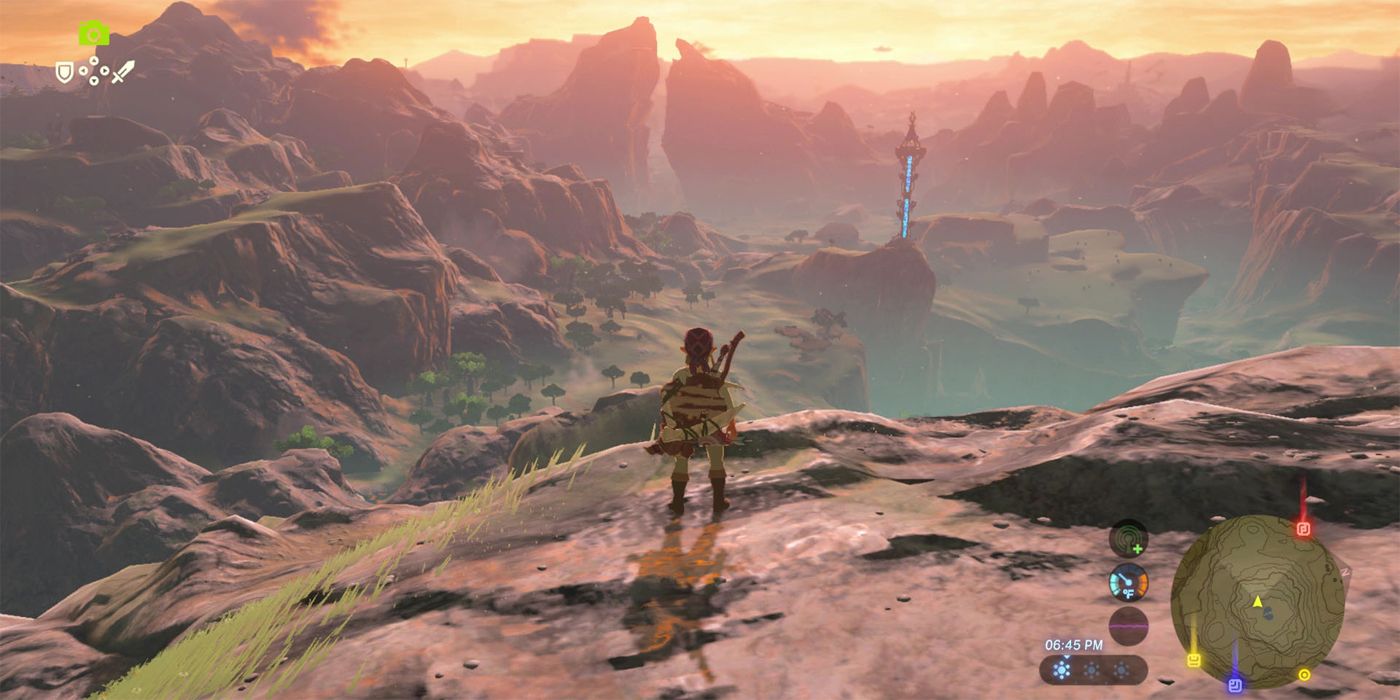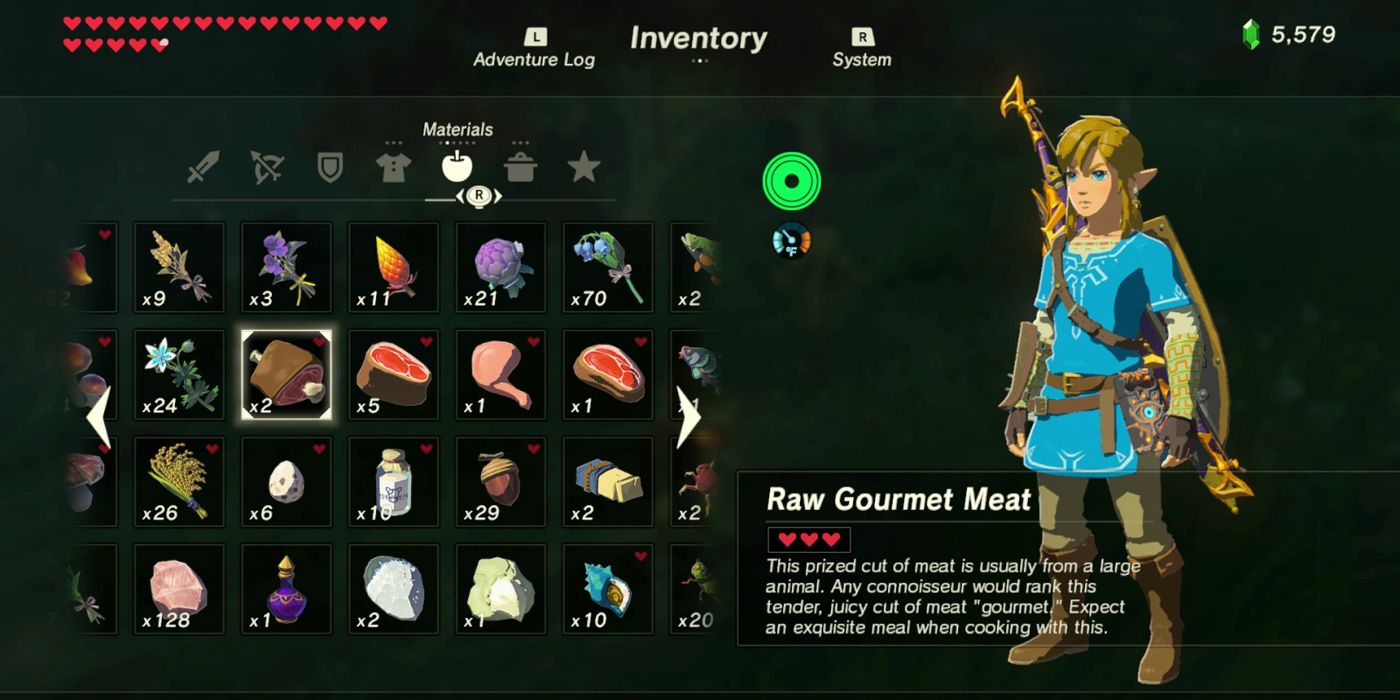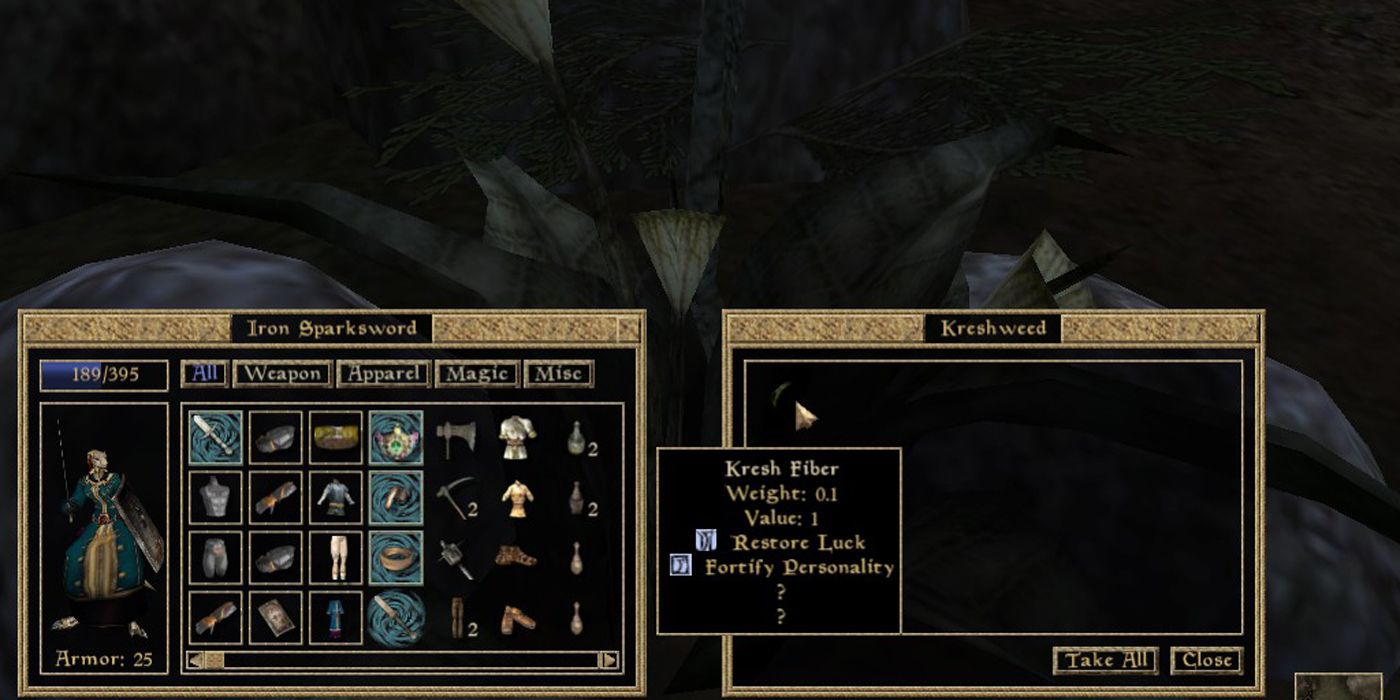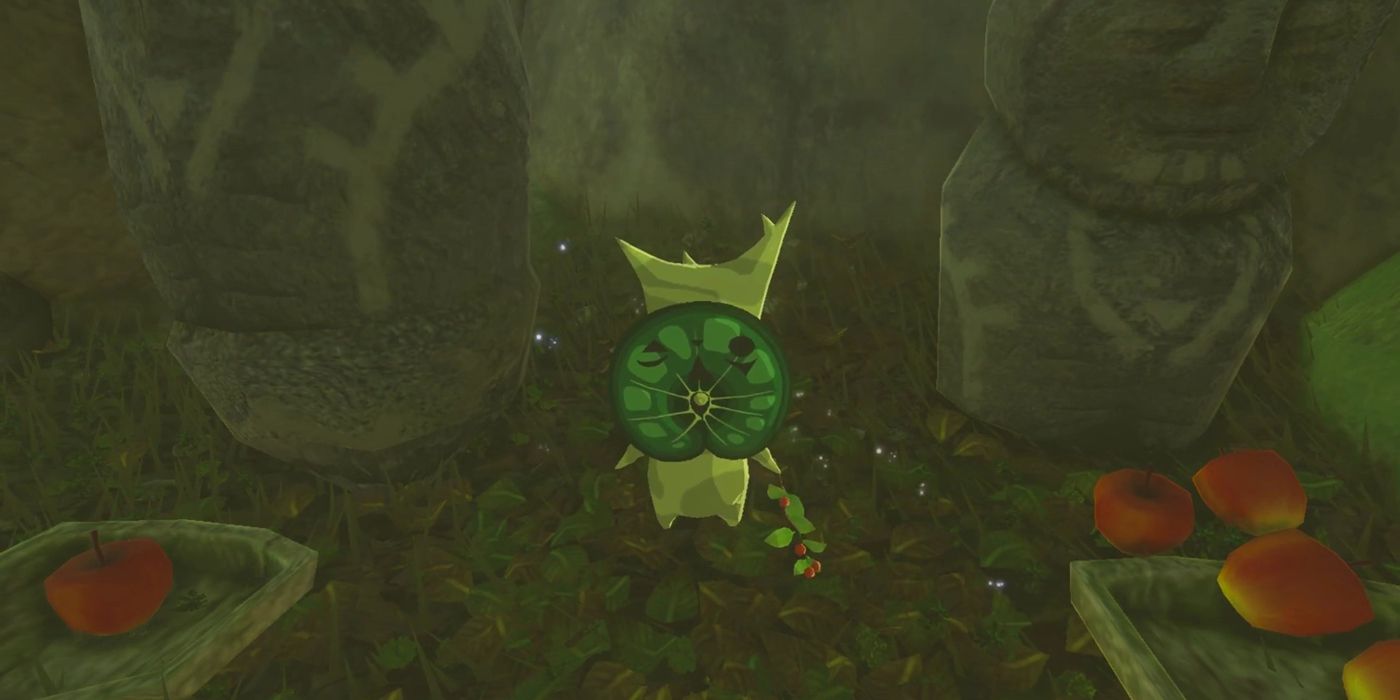Open-world games can be intimidating, for both gamers and designers. By definition, there is tons of open space to explore following the storyline only covers so much territory. Some open-world games can see the player zip straight to the endgame with little to stop them -- in The Legend of Zelda: Breath of the Wild, for example, there’s nothing stopping the player from running up to Hyrule Castle to challenge Ganon after completing the tutorial -- except for finding lots of items. To tempt players into exploring, developers introduce side-quests and other tasks -- such as collecting, which is critical to open-world games.
There’s something about collecting that entertains people and encourages them to go five more minutes on a game they’ve already spent hours on. Collecting feels more purposeful than just wandering through the vast expanse of a game; it also encourages the player to explore, rather than fast-travel everywhere.
However, the act of collecting needs to have a purpose as well. It doesn't provide any satisfaction to have a full inventory and nothing to show for it.
Games like Spider-Man 2 and Ultimate Spider-Man for the Nintendo GameCube encourage the player to thoroughly explore Manhattan to find collectibles, but this task needs to leave the player with something tangible. Spider-Man 2’s "reward" for finding all the hint markers is funny the first time, but a letdown once players realize that’s all they get for finding 200+ hint markers all over the city, an act that takes more than a few hours.
Games like Bethesda’s Elder Scrolls III: Morrowind and Elder Scrolls IV: Oblivion, on the other hand, make collecting highly beneficial. Players can find and equip or sell weapons and armor, track down soul gems or spells and harvest flora and fauna. Items acquired from wildlife can be ingested to increase the Alchemy skill, which can then be used to create potions from the items. This encourages players to find yet more items, which creates a cycle of effort and reward.
Fallout: New Vegas by Bethesda and Obsidian Entertainment takes a different approach. Set in a post-cataclysmic wasteland as opposed to a fantasy universe, players are encouraged to scavenge and scrounge. New weapons can be crafted from scrap at a workbench and one weapon can be cannibalized to improve another of the same type if the player’s Repair skill is high enough. Healing items can be crafted at a campfire. While there’s plants and animals to scavenge from, the game encourages rooting through everything to find something worthwhile to craft.
The Legend of Zelda: Breath of the Wild, meanwhile, encourages players to find Koroks and Shrines. The former are mischievous little forest sprites who give players a Korok seed for finding them; the latter offer challenges that range from fairly easy to the fabled Nintendo Hard. Solving a shrine rewards players with a Spirit Orb, which can be exchanged at certain statues for either an extra heart or more stamina. Korok seeds can be given to the larger Korok Hestu, who will expand the player's inventory.
Plus, interacting with the flora and fauna provides items that can be cooked to provide increased benefits over eating them raw (which also works). Players are encouraged to collect different food items and try different combinations and it’s very rewarding to come up with a dish with an overt effect, such as adding 20 (temporary) hearts to Link’s health. This is also tempting to the pacifist player, as none of this requires the player to attack monsters -- but doing so allows the players to make potions, which also provide benefits worth exploring.
Fighting monsters and solving Shrines in Breath of the Wild also provides weapons, which the player is encouraged to use regularly. Shrines especially can have high-quality weapons and some monsters -- like the giant Hinox -- have some very tempting weapons around their necks. Collecting and making food and potions enables the player to obtain these weapons, as well as monster parts for crafting higher-quality potions -- which allow the player to go after more monsters for their weapons, once again creating an addicting, effort-reward cycle.
Collecting in open-world games is critical because it pushes the player to explore, experiment, discover benefits and then actively hunt for more items. Some early open-world games neglected the effort-reward cycle, resulting in worlds that were expansive but echoing. A fully-stocked open-world game allows a player to hop in for a few minutes with the intent to just pick up a few things and then realize several hours have passed. Collecting rewards the player for exploring and when an open-world game is properly stocked, a person can easily get lost within, busy hunting for that next shiny thing.




